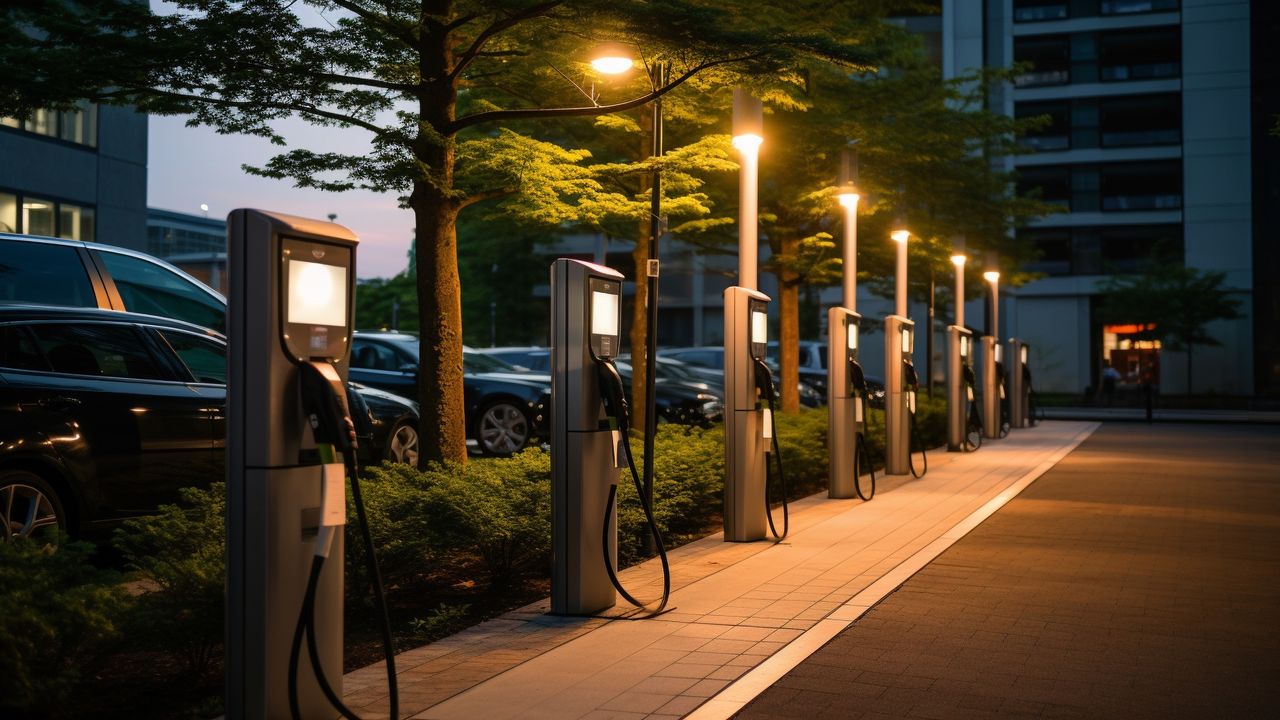Electric Vehicle Charging Infrastructure: A Key to Sustainable Transportation
In recent years, the global shift towards sustainable transportation has gained significant momentum. As concerns about climate change and air pollution continue to grow, more and more people are turning to electric vehicles (EVs) as a cleaner and greener alternative to traditional gasoline-powered cars. However, for EVs to become a mainstream mode of transportation, a robust and reliable charging infrastructure is essential. This article explores the importance of charging station installation, the benefits of fast charging, and the ongoing development of charging infrastructure.
Charging Station Installation: The Backbone of EV Adoption
One of the primary challenges in the widespread adoption of EVs is the availability of charging stations. Unlike traditional gas stations that are scattered across cities and highways, charging stations for EVs are still relatively scarce. To address this issue, governments, businesses, and individuals are increasingly investing in charging station installation.
Charging stations can be installed in various locations, such as residential areas, workplaces, shopping centers, and along major highways. This diverse network of charging stations ensures that EV owners have convenient access to charging facilities, eliminating range anxiety and promoting EV adoption.
Fast Charging: Empowering EV Owners
While standard charging stations are suitable for overnight charging at home or during long stays at destinations, fast charging is a game-changer for EV owners on the go. Fast charging, also known as Level 3 or DC fast charging, allows EVs to recharge their batteries at a much higher rate compared to standard charging.
With fast charging, EV owners can replenish a significant portion of their battery capacity in a matter of minutes rather than hours. This technology enables long-distance travel by reducing charging time and making EVs more comparable to traditional gasoline-powered vehicles in terms of refueling convenience.
Moreover, fast charging stations are often strategically located along major highways and in busy urban areas, providing EV owners with the flexibility to charge their vehicles during their daily routines or on road trips. This accessibility and convenience further contribute to the growth of the EV market.
Charging Infrastructure Development: A Collaborative Effort
The development of a robust charging infrastructure requires collaboration between various stakeholders, including governments, utility companies, automakers, and charging station operators. These entities work together to establish a comprehensive network of charging stations that meets the needs of EV owners.
Government incentives and policies play a crucial role in driving charging infrastructure development. Many countries offer financial incentives to encourage the installation of charging stations, while others mandate a certain number of charging stations in new buildings or parking lots. These initiatives not only accelerate the expansion of charging infrastructure but also promote sustainable transportation as a whole.
Utility companies also play a vital role in charging infrastructure development. They invest in upgrading electrical grids to handle the increased demand for electricity from charging stations. Additionally, utility companies often collaborate with charging station operators to offer competitive pricing and innovative billing solutions, making EV charging more affordable and accessible.
Automakers are also actively involved in the development of charging infrastructure. Many manufacturers are investing in their own charging networks, ensuring that their customers have access to reliable and convenient charging options. These collaborations between automakers and charging station operators contribute to the overall growth of the charging infrastructure.
Conclusion
The development of a robust and reliable charging infrastructure is crucial for the widespread adoption of electric vehicles. Charging station installation, fast charging technology, and collaborative efforts between stakeholders are key factors in achieving this goal. As governments, businesses, and individuals continue to invest in charging infrastructure, the transition to sustainable transportation becomes more feasible, paving the way for a greener and cleaner future.
